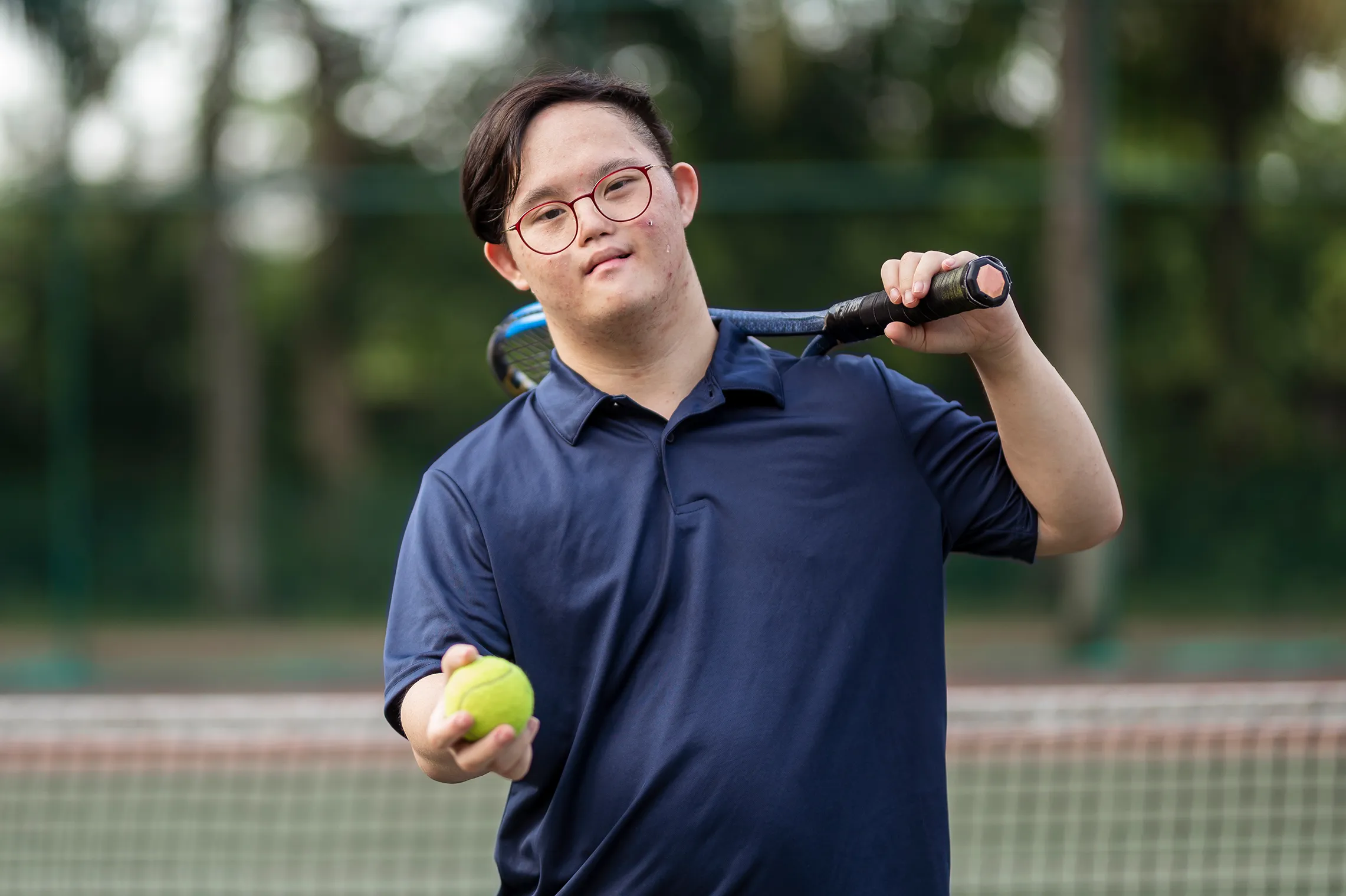
The Healing Power of Creativity: Introduction to Art Therapy
The Healing Power of Creativity:
Creativity has an innate ability to serve as a transformative and healing force, especially when harnessed through art therapy. In this section, we delve into the profound impact of engaging in creative activities as a therapeutic tool for individuals with developmental disabilities.
Unlocking Expression: Art therapy provides a unique avenue for individuals to express themselves beyond traditional communication methods. For those facing challenges in verbal expression or communication, the act of creating art becomes a powerful outlet for emotions, thoughts, and experiences. This process of unlocking expression through artistic endeavors fosters a sense of agency and autonomy, allowing individuals to communicate in ways that resonate with their internal world.
Emotional Catharsis: Engaging in artistic expression serves as a form of emotional catharsis. It enables individuals to externalize and process complex emotions that may be challenging to articulate verbally. Through the act of creating, individuals can explore and confront their feelings, leading to a profound sense of release and relief. Art becomes a medium through which emotional burdens are transformed into tangible expressions of resilience and self-discovery.
Promoting Mindfulness: Art therapy inherently promotes mindfulness as individuals immerse themselves in the creative process. The focus required to paint, draw, or sculpt allows individuals to be fully present in the moment, fostering a sense of mindfulness and concentration. This meditative quality of art-making contributes to relaxation, stress reduction, and an enhanced connection to the present, creating a conducive environment for emotional healing.
Benefits of Art Therapy:
Art therapy transcends conventional therapeutic approaches, offering a myriad of benefits for individuals with developmental disabilities. This section explores the diverse positive outcomes that arise from incorporating art therapy into care plans.
Enhanced Self-Esteem: One of the primary benefits of art therapy is the positive impact on self-esteem. Through creative expression, individuals can witness the tangible results of their efforts, leading to a boost in self-confidence. The process of creating art provides a sense of accomplishment, fostering a positive self-image and a belief in one’s abilities.
Strengthened Communication Skills: Art therapy serves as a catalyst for improving communication skills. For individuals facing challenges in verbal expression, engaging in artistic activities facilitates the development of alternative forms of communication. Visual art, in particular, becomes a language through which individuals can convey thoughts, feelings, and experiences, enhancing their ability to communicate with others.
Emotional Regulation: Art therapy plays a pivotal role in emotional regulation. Through creative expression, individuals learn to identify, understand, and manage their emotions. This process contributes to emotional resilience, equipping individuals with effective coping mechanisms to navigate daily challenges. Art therapy becomes a tool for developing emotional intelligence and fostering a greater sense of emotional well-being.





